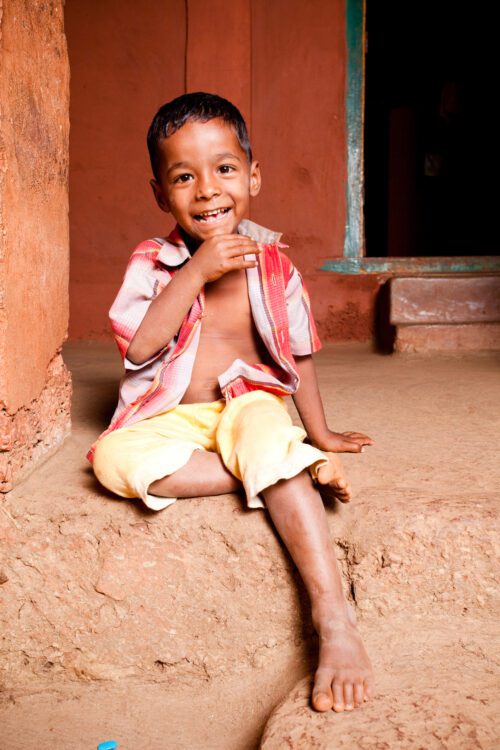So far in Bread for the World’s Hunger Hotspots series, we have looked at the world’s multiple hunger and malnutrition crises from several different angles. Countries that are designated hunger hotspots are those whose hunger and malnutrition situation is deteriorating significantly.
Some of the pieces discuss conditions in individual “hunger hotspots,” whether these are countries or regions. Others examine the role of significant causes of hunger crises, including armed conflict and climate change. Still other Hunger Hotspots articles identify themes, such as special needs populations like pregnant women and babies; the impact of aid shortfalls; and U.S. efforts to ensure that national and local governments, nongovernmental organizations, and humanitarian workers who are trying to reach those in greatest need have the resources they need.
The series also updates our readers on which countries and regions are currently considered hunger hotspots and which of these are of particular concern to humanitarian workers. The Food and Agriculture Organization (FAO) and the World Food Programme (WFP) jointly produce a periodic “early warning” report that includes updates on conditions in affected countries and regions; data, trends, and projections for the next several months based on this information; and most importantly, recommendations for next steps—top priority emergency actions to respond to affected communities.
The most recent edition of FAO-WFP Early Warnings on Acute Food Insecurity covers June through November 2023. The report designates the most urgent hunger hotspots as countries or regions “of highest concern.” The populations in these areas either are already facing starvation, are projected to do so soon, or are at a critical level of food insecurity and face severe aggravating factors. Livelihoods have collapsed and many of the young children suffer from Severe Acute Malnutrition, a life-threatening condition.
For all countries and regions of highest concern, immediate humanitarian assistance is critical to saving lives and preventing communities from spiraling into ever-deeper levels of death and destruction. There are now eight such hotspots—nine countries in all—reflecting an overall worsening of the global hunger crisis: Afghanistan, Nigeria, Somalia, South Sudan, and Yemen, all of which have been in this worst-case scenario since at least February 2023, along with Haiti, the Sahel region (Burkina Faso and Mali), and the Sudan.
A second group is composed of seven hunger hotspots that are “of high concern,” but not currently of highest concern. Each of these has both a large number of people facing critical acute food insecurity, and factors that contribute significantly to hunger and are expected to “further intensify life-threatening conditions in the coming months.” The countries of high concern are Pakistan, the Central African Republic, Ethiopia, Kenya, the Democratic Republic of the Congo, Syria, and Myanmar.
There are five other countries that are considered hunger hotspots but are not currently in the groups of highest or high concern: Malawi, Guatemala, Nicaragua, El Salvador, and Lebanon.
Bread for the World members are longtime faithful advocates for people in hunger emergencies. Bread urges Congress to allocate funds that save lives, prevent irreparable harm from early childhood malnutrition, and ease suffering. Bread members also champion U.S. development assistance, which helps prevent hunger emergencies by enabling and equipping people to build resilient communities.



